Unveiling the World of Loaches: From Humble Bottom-Dwellers to Ecological Powerhouses
Loaches, often overlooked inhabitants of freshwater ecosystems, represent a diverse and fascinating group of fish. These elongated, generally bottom-dwelling creatures play a crucial, though often unseen, role in maintaining the health of their environments. This guide delves into the captivating world of loaches, exploring their biology, behavior, evolution, and interactions with both the natural world and human society.
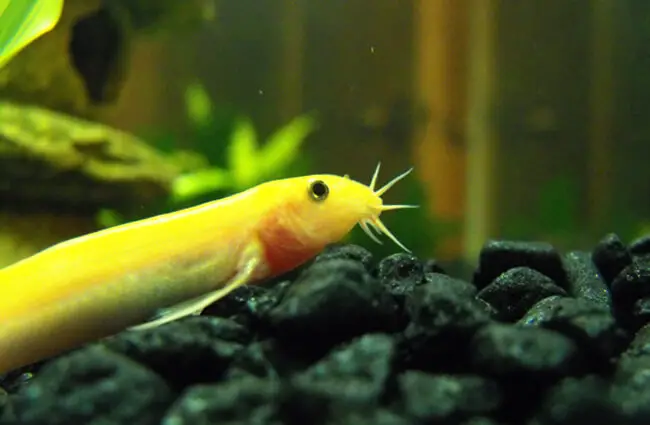
What Exactly is a Loach?
The term “loach” isn’t a strict taxonomic classification. It broadly refers to several families of cypriniform fish, most notably Cobitidae (the true loaches), but also includes related groups like Botiidae (the “botia loaches”). These fish are characterized by their elongated bodies, small scales, and often barbels around their mouths – sensory organs that help them detect food in murky waters. Loaches range in size from a few centimeters to over a meter in length, depending on the species.
Loach Habitats: A Global Distribution
Loaches are found across a wide geographic range, spanning continents including Asia, Europe, and even parts of Africa. Their habitats are equally varied, encompassing slow-moving rivers, streams, ponds, and rice paddies. Many loach species prefer substrates of silt, sand, or gravel where they can burrow and forage. Some are adapted to fast-flowing mountain streams, while others thrive in warmer, lowland environments. The Dojo Loach, for example, is commonly found in the rice paddies of East Asia, while the European Stone Loach prefers cooler, clearer streams.
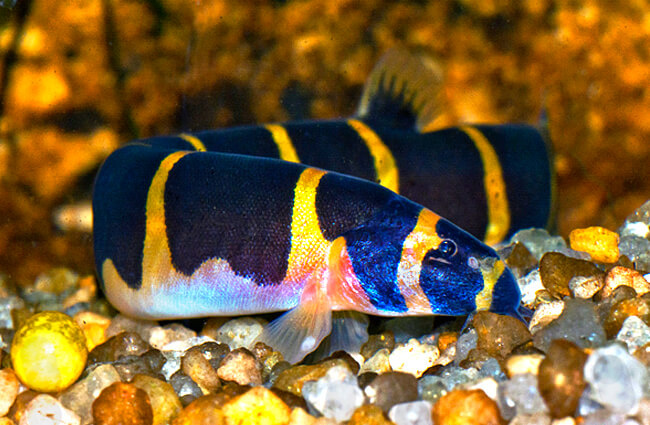
Evolutionary History: Tracing the Loach Lineage
The evolutionary origins of loaches can be traced back to the Paleogene period, roughly 66 to 23 million years ago. Fossil evidence suggests that early loaches were likely bottom-dwelling scavengers in freshwater environments. Over time, different lineages diversified, adapting to various ecological niches. The Cobitidae family, in particular, has undergone significant radiation, resulting in the wide array of loach species observed today. Their morphology reflects adaptations to a benthic lifestyle, with streamlined bodies and specialized sensory systems. Phylogenetic studies are continuously refining our understanding of loach evolutionary relationships.
Diet and Foraging Behavior: What Do Loaches Eat?
Loaches are opportunistic feeders, consuming a wide range of food items. Their diet typically includes small invertebrates like insect larvae, worms, crustaceans, and mollusks. They also feed on algae, detritus, and other organic matter found on the substrate. Barbels play a crucial role in locating food, enabling loaches to detect even faint chemical signals. Some species are specialized feeders. For instance, the Butterfly Loach has a preference for snails, using its strong jaws to crack open their shells. Their foraging behavior often involves sifting through the substrate, creating small burrows and aerating the sediment.

Reproduction and Life Cycle: The Continuation of Loach Kind
Loach reproductive strategies vary among species. Many exhibit broadcast spawning, releasing eggs and sperm into the water column for external fertilization. These species often undertake migrations to suitable spawning grounds. Some loaches build nests, providing a safe haven for their eggs. The European Stone Loach, for example, lays its eggs among vegetation, protecting them from predators and currents. Eggs typically hatch within a few days, and the larvae are initially free-swimming. Young loaches feed on small invertebrates and gradually develop into adults, reaching maturity within a year or two.
Ecological Role: Loaches as Ecosystem Engineers
Loaches play a vital role in maintaining the health of freshwater ecosystems. Their foraging behavior helps aerate the sediment, preventing the build-up of organic matter. They also contribute to nutrient cycling, releasing essential elements back into the water column. As prey for larger fish and wading birds, loaches form an important link in the food web. Their presence indicates a healthy aquatic environment. However, loach populations are facing threats from habitat loss, pollution, and overfishing. Conservation efforts are crucial to protect these valuable creatures.
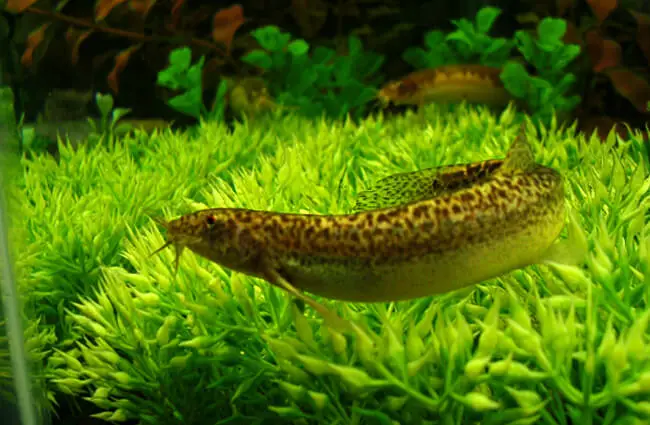
Loaches and Humans: Interactions and Cultural Significance
Loaches have a long history of interaction with humans. In some Asian cultures, Dojo Loaches are considered a delicacy, often served in soups or grilled. They are also believed to have medicinal properties. In Europe, Stone Loaches were traditionally used as indicators of water quality. Today, loaches are popular aquarium fish, appreciated for their unique behaviors and ability to scavenge for food. However, the aquarium trade can also pose a threat to wild populations if not managed sustainably. Furthermore, certain loach species are utilized in biomedical research, contributing to advancements in our understanding of fish physiology and genetics.
Encountering Loaches in the Wild: A Guide for Observers
If you encounter a loach in the wild, observe it from a distance and avoid disturbing its habitat. Look for them in slow-moving streams, ponds, and rivers with substrates of silt, sand, or gravel. They are often seen burrowing or hiding among vegetation. If you need to move a loach to prevent it from being harmed, gently guide it with a net or your hands. Never release aquarium loaches into the wild, as they may not survive and could introduce diseases to native populations.
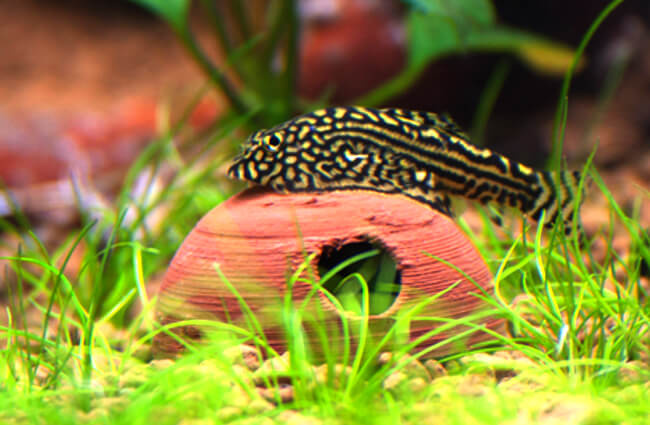
Loach Care in Captivity: A Zookeeper’s Perspective
Providing proper care for loaches in captivity requires attention to several key factors. A spacious aquarium with a soft substrate of sand or fine gravel is essential. Provide plenty of hiding places, such as rocks, driftwood, and plants. Loaches are sensitive to water quality, so regular water changes and a well-maintained filtration system are crucial. Feed them a varied diet of sinking pellets, bloodworms, and other small invertebrates. Monitor them for signs of illness, such as lethargy, loss of appetite, or abnormal behavior. Avoiding overcrowding is paramount, as it can stress the fish and increase the risk of disease.
Fascinating Loach Facts: A Collection of Curiosities
- Some loach species can breathe through their skin and digestive tracts, allowing them to survive in low-oxygen environments.
- Kuhli Loaches are known for their eel-like bodies and their ability to burrow into the substrate with incredible speed.
- Butterfly Loaches have a unique feeding behavior, using their barbels to probe for snails and other invertebrates.
- Dojo Loaches are known to be highly social, often forming schools and interacting with each other.
- Certain loach species can change their color to blend in with their surroundings.
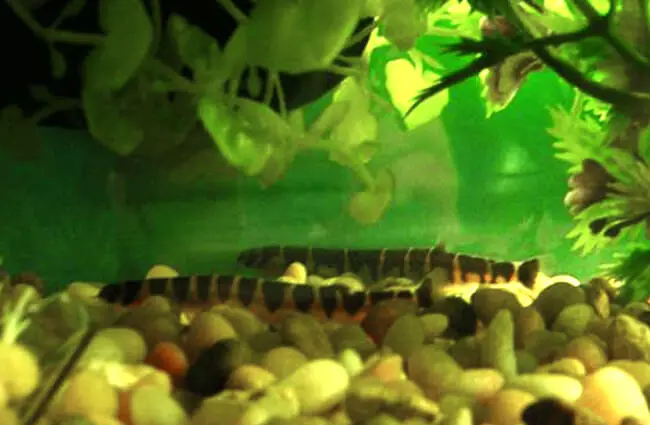
Loaches, in their quiet and unassuming way, enrich the aquatic world. From their ecological contributions to their cultural significance, these fascinating fish deserve our appreciation and protection. By learning more about loaches, we can better understand the intricate web of life that sustains our planet.

![Red Angus Closeup of a beautiful Red Angus cowPhoto by: U.S. Department of Agriculture [pubic domain]https://creativecommons.org/licenses/by/2.0/](https://animals.net/wp-content/uploads/2020/03/Red-Angus-4-238x178.jpg)




![Red Angus Closeup of a beautiful Red Angus cowPhoto by: U.S. Department of Agriculture [pubic domain]https://creativecommons.org/licenses/by/2.0/](https://animals.net/wp-content/uploads/2020/03/Red-Angus-4-100x75.jpg)

